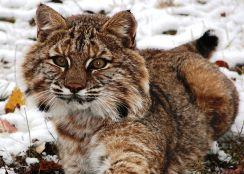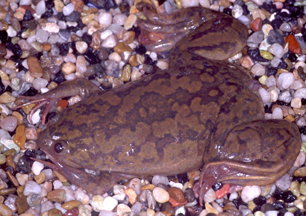 It’s a great question. And it is not answered in this somewhat lengthy Scientific American article, but the article is worth reading for just asking the question.
It’s a great question. And it is not answered in this somewhat lengthy Scientific American article, but the article is worth reading for just asking the question.
What it boils down to is this, African clawed frogs were among the first frogs to be diagnosed with frog-killing chytrid fungus infections. The are kept by the hundreds when they are shipped around the world as research animals and cheap pets. Even one infected frog introduced to the distribution system has the potential to spread the fungus around the world — particularly if the frogs are released into the wild.
African clawed frogs do not show symptoms of the fungal infection. Neither do bullfrogs, which have their own global distribution network. (They are food.)
There are lots of links in the article. Don’t ignore them. They bring you to journal articles and other supporting information.
Read the article in Scientific American, here.
Photo: African clawed frog by Chris Brown, courtesy US Geological Survey


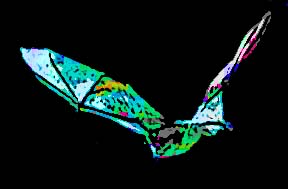 Bats in Vermont are not wearing haute couture gowns, and they are not perusing fine art in Philly, but they are still benefiting from a fashion show and an art show in those locations.
Bats in Vermont are not wearing haute couture gowns, and they are not perusing fine art in Philly, but they are still benefiting from a fashion show and an art show in those locations.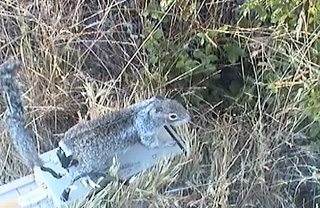 At the University of California, Davis robots are being used to study the reaction of squirrels and rattlesnakes, the display behavior by anole lizards in the jungles and ecology, the mating behavior of sage grouse, according to
At the University of California, Davis robots are being used to study the reaction of squirrels and rattlesnakes, the display behavior by anole lizards in the jungles and ecology, the mating behavior of sage grouse, according to 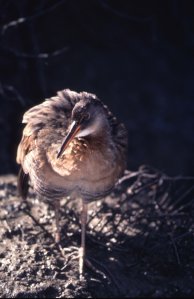 Usually it is hard enough figuring out what’s stressing species right now to figure out which may need protection. Predicting the future — such as how land uses might change — adds another level of complexity. Figuring out the impact of climate change, with its assortment of predictive models, is more complex still.
Usually it is hard enough figuring out what’s stressing species right now to figure out which may need protection. Predicting the future — such as how land uses might change — adds another level of complexity. Figuring out the impact of climate change, with its assortment of predictive models, is more complex still.